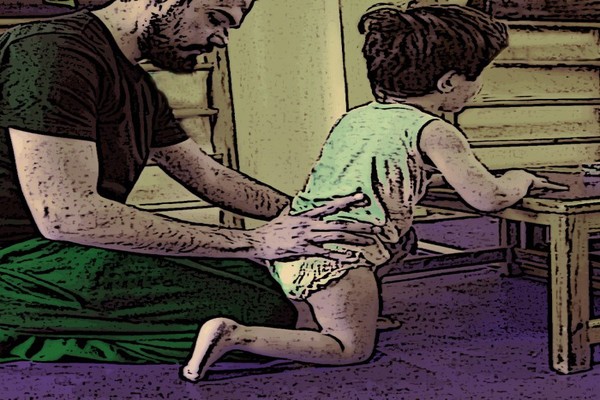Visual perceptual skills required for handwriting

Handwriting is a complex skill. Handwriting involves the ability to form letters with consistent letter size, proportions and spacing, so that others can read words and sentences. Producing legible handwriting requires complex visual perceptual skills as well as an integration of motor skills with these visual perceptual skills. A deficiency in visual-motor integration may be evident when observing poor quality handwriting (Volman, van Schendel, & Jongmans, 2006).
Visual perception is the process where the brain extracts and organises information, giving meaning to what we see. Visual-motor integration is the degree to which visual perception and finger-hand movements are well coordinated (Beery & Beery, 2010). There are many components of visual processing which work together to assign meaning to what we see and include eye-hand coordination, figure ground, visual discrimination, form constancy, visual memory and visual-sequential memory.
Eye hand coordination is the ability to coordinate eye movement with hand movements and includes the ability to process visual information to guide hand function. When children are learning to control a pencil for handwriting, they will rely on visual information as they look at their hand and what the pencil is producing as they write.
Visual Discrimination is the ability to classify objects or shapes based on visual information such as colour, form, pattern, size or position. In handwriting, children need to be aware of common characteristics as well as subtle differences which distinguish letters and words. Children need to identify letters as well as the sequential order of letters to recognize words for reading, writing and spelling. Difficulties with visual discrimination may be seen with letter reversals or lack of attention to detail in letter formation.
Position in Space or spatial relationships involves the ability to process information about oneself in relation with their environment in space, orientation and position. It may involved the ability to understand directional language concepts such as up/down, next to, left/right, over/under, etc. In handwriting, difficulties with spatial relationships may also affect letter formation as described in visual discrimination as children have difficulty relating the position of lines in relation to other parts of a letter. Children may also demonstrate difficulty with writing on a line, adequate spacing between letters or words. They may have difficulty ruling up a page and maintaining writing on the left hand side of the page with the beginning of each line.
Figure-Ground is the ability to see an object or form when presented in a complex background. In handwriting, this is needed when copying information from a source (eg. the whiteboard) and keeping track of where you are up to. Children with figure-ground difficulties may begin writing on a line and then after looking up do not know where they should write the next letter on their page. They may also miss important information or segments of a letter or a word when writing.
Πηγή: Your Kids OT
Πρόσφατα Άρθρα

From Baby’s First Steps to Walking on Their Own
Your Walking Questions, Answered
Walking is an important marker of healthy development for your baby—and an exciting new way for them to explore! Not only is it essential for physical de...

No Time for TV: Activities for Kids that Say “I’m bored”
Nasty weather can sometimes keep kids stuck inside. Being cooped up inside can be frustrating for kids and parents. Often children spend more time using screens like TV and tablets than they normal...

Φυσικοθεραπεία στην εγκεφαλική παράλυση
Εγκεφαλική παράλυση και κίνηση
Όλα τα παιδιά με εγκεφαλική παράλυση εξ’ορισμού παρουσιάζουν δυσκολίες στην αδρή κινητική λειτουργία, δηλαδή στην ικανότητα βάδισης και μετακίνησης. Μελέτε...
